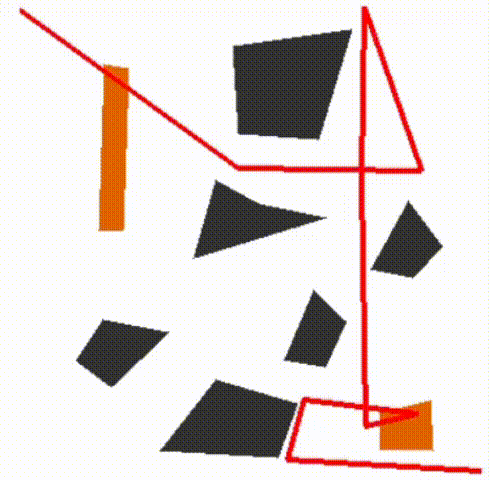Efficient Real-time Path Planning with Self-evolving Particle Swarm Optimization in Dynamic Scenarios
Particle Swarm Optimization (PSO) has demonstrated efficacy in addressing static path planning problems. Nevertheless, such application on dynamic scenarios has been severely precluded by PSO's low computational efficiency and premature convergence downsides. To address these limitations, we proposed a Tensor Operation Form (TOF) that converts particle-wise manipulations to tensor operations, thereby enhancing computational efficiency. Harnessing the computational advantage of TOF, a variant of PSO, designated as Self-Evolving Particle Swarm Optimization (SEPSO) was developed. The SEPSO is underpinned by a novel Hierarchical Self-Evolving Framework (HSEF) that enables autonomous optimization of its own hyper-parameters to evade premature convergence. Additionally, a Priori Initialization (PI) mechanism and an Auto Truncation (AT) mechanism that substantially elevates the real-time performance of SEPSO on dynamic path planning problems were introduced. Comprehensive experiments on four widely used benchmark optimization functions have been initially conducted to corroborate the validity of SEPSO. Following this, a dynamic simulation environment that encompasses moving start/target points and dynamic/static obstacles was employed to assess the effectiveness of SEPSO on the dynamic path planning problem. Simulation results exhibit that the proposed SEPSO is capable of generating superior paths with considerably better real-time performance (67 path planning computations per second in a regular desktop computer) in contrast to alternative methods. The code and video of this paper can be accessed here.
PDF Abstract

